Orthopedic, Mobility, & Post-Surgical Rehab
- Knee Surgery & ACL Rehab: Find Therapy After Knee Replacement
- Post-Shoulder Surgery Rehab: Rotator Cuff & Labral Repair Recovery
- Post-Hip Replacement Rehab: Recovery & Therapy
- Back Surgery Rehab & Recovery Therapy | Expert Rehab Plans
- Frozen Shoulder Adhesive Capsulitis Rehab
- Tendonitis Rehab & Treatment | Achilles, Patellar & Rotator Cuff Tendonitis Therapy
- Low Back Pain Rehab & Therapy | Expert Treatment & Recovery
- Sciatica Pain Relief & Rehab Therapy | Find Trusted Sciatica Specialists
- Neck Pain: Causes, Treatment & Therapists Near You
- Chronic Pain & Fibromyalgia: Causes, Relief & Therapy
- Torticollis in Babies & Adults: Causes, Symptoms & Therapy
- Toe Walking in Children: Causes, Therapy Options & When to Worry
- Scoliosis in Children and Teens: Symptoms, Treatment & Therapy Support
Tendonitis Rehab & Treatment | Achilles, Patellar & Rotator Cuff Tendonitis Therapy

Authored by: The DrSensory Editorial Team
Reviewed by: 🛡️ DrSensory Clinical Review Board – Doctor of Therapy Rehab Division
Last updated: June 2025
- Types of Tendonitis We Treat
- Common Causes of Tendonitis in Athletes vs. Non-Athletes
- Tendonitis Rehab: Treatment & Recovery Approaches
- Preventing Tendonitis: Tips for Injury Avoidance
- Signs and Symptoms of Tendon Rupture vs. Tendonitis
- Role of Nutrition and Supplements in Tendon Healing
- When to Consider Imaging (MRI, Ultrasound) for Tendonitis
- Tendonitis in Different Age Groups: What to Expect
- Workplace Tendonitis: Causes and Rehab Strategies
- How DrSensory Helps You Find the Right Therapist for Tendonitis Rehab
- Frequently Asked Questions
Tendonitis Rehab: Achilles, Patellar & Rotator Cuff Tendonitis Treatment Guide
Tendonitis is a common musculoskeletal condition characterized by inflammation or irritation of a tendon, often caused by overuse, injury, or repetitive strain. The Achilles tendon (heel), patellar tendon (knee), and rotator cuff tendons (shoulder) are among the most frequently affected areas.
At DrSensory, we provide comprehensive guidance on tendonitis rehab and connect you with licensed therapists specializing in personalized recovery programs for tendon injuries.
What is Tendonitis?
Tendonitis involves inflammation of a tendon — the fibrous tissue connecting muscle to bone. It leads to pain, swelling, stiffness, and impaired movement in the affected area.
Common Symptoms of Tendonitis Include:
- Localized pain near the tendon
- Swelling and tenderness
- Stiffness and reduced range of motion
- Pain worsening with activity or exercise
Difference Between Tendonitis and Tendinosis
While tendonitis refers to inflammation of the tendon caused by acute injury or overuse, tendinosis is a chronic, degenerative condition characterized by tendon fiber breakdown without inflammation. Tendinosis often requires longer rehab focused on stimulating tendon healing rather than just reducing inflammation. Understanding this difference helps tailor treatment approaches for effective recovery.
Causes and Risk Factors of Tendonitis
- Repetitive motions or overuse in sports and work
- Sudden increase in activity intensity or duration
- Poor biomechanics or improper technique
- Age-related tendon degeneration
- Pre-existing conditions like diabetes or arthritis
Understanding your risk factors helps therapists design effective rehab programs.
Types of Tendonitis We Treat
Achilles Tendonitis
Pain and inflammation in the tendon connecting calf muscles to the heel bone, common in runners and athletes.
Patellar Tendonitis (Jumper’s Knee)
Affects the tendon connecting the kneecap to the shinbone, frequent in jumping sports and activities involving knee bending.
Rotator Cuff Tendonitis
Inflammation of the shoulder tendons responsible for lifting and rotating the arm, often due to repetitive overhead motions.
Common Causes of Tendonitis in Athletes vs. Non-Athletes
Athletes:
Repetitive motions such as running, jumping, throwing, or overhead activities increase tendon strain leading to inflammation. Poor technique or sudden training spikes are common triggers.
Non-Athletes:
Tendonitis can result from repetitive occupational tasks, poor posture, aging, or inactivity leading to tendon weakening and overuse injury.
Identifying the cause helps design targeted rehab and prevention strategies.
Tendonitis Rehab: Treatment & Recovery Approaches
Physical Therapy
- Stretching and Strengthening Exercises: Improve tendon flexibility and muscle balance.
- Manual Therapy: Reduces pain and promotes blood flow to the tendon.
- Eccentric Training: Proven effective in tendon healing by strengthening the tendon under load.
Pain Management
- Ice therapy to reduce inflammation
- NSAIDs as recommended by healthcare providers
- Activity modification to prevent aggravation
Advanced Therapies
- Ultrasound or laser therapy to stimulate healing
- Platelet-rich plasma (PRP) injections in some cases (under physician guidance)
Preventing Tendonitis: Tips for Injury Avoidance
- Warm-Up Properly: Increase blood flow and tendon elasticity before activity.
- Use Proper Technique: Avoid biomechanical errors that place excess stress on tendons.
- Gradual Progression: Slowly increase training intensity and duration to allow tendon adaptation.
- Cross-Training: Incorporate low-impact activities to reduce repetitive strain.
- Strength and Flexibility: Maintain muscle balance to support healthy tendon function.
Signs and Symptoms of Tendon Rupture vs. Tendonitis
Tendonitis:
Gradual onset of pain, swelling, and stiffness, especially during activity.
Tendon Rupture:
Sudden sharp pain, audible pop, weakness or inability to use the muscle, and visible deformity. Ruptures require immediate medical attention.
Knowing the difference ensures timely and appropriate care.
Role of Nutrition and Supplements in Tendon Healing
Nutrition supports tendon repair by providing essential building blocks:
- Collagen: Primary protein in tendons; supplementation may aid recovery.
- Vitamin C: Critical for collagen synthesis and tendon strength.
- Omega-3 Fatty Acids: Anti-inflammatory properties support healing.
- Protein: Adequate intake is necessary for tissue repair.
Consult your healthcare provider before starting supplements.
When to Consider Imaging (MRI, Ultrasound) for Tendonitis
Imaging is recommended if:
- Symptoms persist despite conservative treatment beyond 6–8 weeks
- Severe pain or functional limitation
- Suspected tendon tear or rupture
- To differentiate tendonitis from other conditions like bursitis or arthritis
MRI and ultrasound provide detailed visualization of tendon integrity.
Tendonitis in Different Age Groups: What to Expect
Younger Patients:
Tendons tend to heal faster with proper rehab but risk of re-injury is higher if activity resumes too soon.
Older Adults:
Tendon degeneration is common, requiring longer healing times and modified therapy protocols to avoid overloading.
Customized rehab plans based on age improve outcomes.
Workplace Tendonitis: Causes and Rehab Strategies
Repetitive movements, poor ergonomics, and prolonged static postures in jobs such as typing, assembly line work, or manual labor can lead to tendonitis. Therapy includes ergonomic assessment, activity modification, strengthening exercises, and education on injury prevention to ensure long-term recovery.
How DrSensory Helps You Find the Right Therapist for Tendonitis Rehab
Finding a qualified therapist experienced in tendonitis treatment is key to successful recovery. At DrSensory, you can:
- Search therapists by specialty and location
- Filter based on experience with Achilles, patellar, or rotator cuff tendonitis
- Read verified patient reviews
- Book appointments with ease
Start your healing journey today with expert care near you.
Frequently Asked Questions (FAQ)
How long does tendonitis take to heal?
Healing time varies by severity but typically ranges from several weeks to a few months. Early rehab can speed recovery.
Can tendonitis heal without therapy?
Mild cases may improve with rest and home care, but professional therapy reduces recurrence and promotes proper healing.
What exercises are safe during tendonitis rehab?
Eccentric strengthening, gentle stretching, and gradual loading exercises prescribed by a therapist are effective and safe.
When should I see a therapist for tendonitis?
Seek therapy as soon as pain or functional limitations persist beyond a few days or interfere with daily activities.
Can tendonitis become chronic?
Yes, untreated or improperly managed tendonitis can progress to chronic tendinopathy, requiring longer and more intensive rehab.
Are there surgical options for tendonitis?
Surgery is rarely needed and usually reserved for severe cases unresponsive to conservative treatment.
Can tendonitis cause permanent tendon damage?
If untreated or repeatedly aggravated, tendonitis can lead to tendon degeneration (tendinosis) and partial tears, potentially causing long-term damage. Early rehab minimizes this risk.
Is tendonitis contagious or hereditary?
Tendonitis is not contagious. While it is not directly hereditary, genetic factors affecting tendon strength or connective tissue disorders may influence susceptibility.
How to differentiate tendonitis pain from muscle pain?
Tendonitis pain is usually localized around the tendon insertion and worsens with tendon-loading activities. Muscle pain is often more diffuse and related to muscle contraction or fatigue.
Are braces or supports helpful for tendonitis?
Braces, straps, or taping can provide support, reduce strain on the tendon, and alleviate pain during activity. They are most effective when combined with therapy.
How often should tendonitis exercises be performed?
Therapeutic exercises are typically done daily or every other day, depending on severity and therapist guidance. Consistency is key for tendon healing.
Can cold laser therapy or ultrasound therapy help tendonitis?
These modalities may promote blood flow, reduce inflammation, and stimulate tissue repair. Effectiveness varies; they are usually adjuncts to a comprehensive rehab program.
What lifestyle changes support tendonitis recovery?
- Rest and modify aggravating activities
- Maintain a healthy weight to reduce joint stress
- Incorporate anti-inflammatory diet elements
- Follow therapy recommendations diligently
Is it safe to continue sports with mild tendonitis?
Mild tendonitis may allow modified activity, but pushing through pain can worsen the condition. Consult a therapist to design a safe exercise plan.
This page provides general educational content and is not a substitute for professional medical advice. Always consult a licensed provider for diagnosis and treatment.
View privacy policy, copyright and trust info
More on Orthopedic, Mobility, & Post-Surgical Rehab

- Knee Surgery & ACL Rehab: Find Therapy After Knee Replacement
- Post-Shoulder Surgery Rehab: Rotator Cuff & Labral Repair Recovery
- Post-Hip Replacement Rehab: Recovery & Therapy
- Back Surgery Rehab & Recovery Therapy | Expert Rehab Plans
- Frozen Shoulder Adhesive Capsulitis Rehab
- Tendonitis Rehab & Treatment | Achilles, Patellar & Rotator Cuff Tendonitis Therapy
- Low Back Pain Rehab & Therapy | Expert Treatment & Recovery
- Sciatica Pain Relief & Rehab Therapy | Find Trusted Sciatica Specialists
- Neck Pain: Causes, Treatment & Therapists Near You
- Chronic Pain & Fibromyalgia: Causes, Relief & Therapy
- Torticollis in Babies & Adults: Causes, Symptoms & Therapy
- Toe Walking in Children: Causes, Therapy Options & When to Worry
- Scoliosis in Children and Teens: Symptoms, Treatment & Therapy Support
Find a Therapist near you
Are you looking for a physical, occupational, or speech therapist in your area?
Look no further than the DrSensory Therapist Database and Clinic Directory!
Find a Therapist
Find the physical therapist, occupational therapist, or speech language pathologist you’re looking for!
Ask Us Anything
Whether you are looking for advice, have a general question about sensory processing, or looking for resources.
Submit Your Story
Share your story about your child. Let’s celebrate milestones and learn more about challenges.





















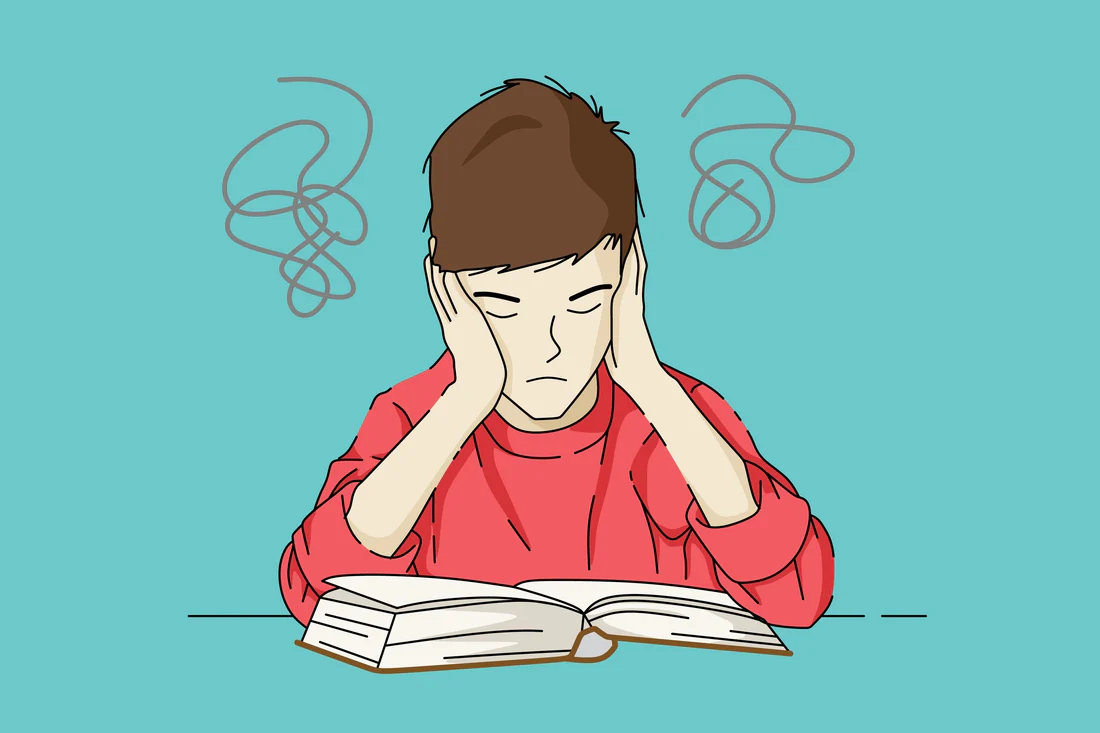
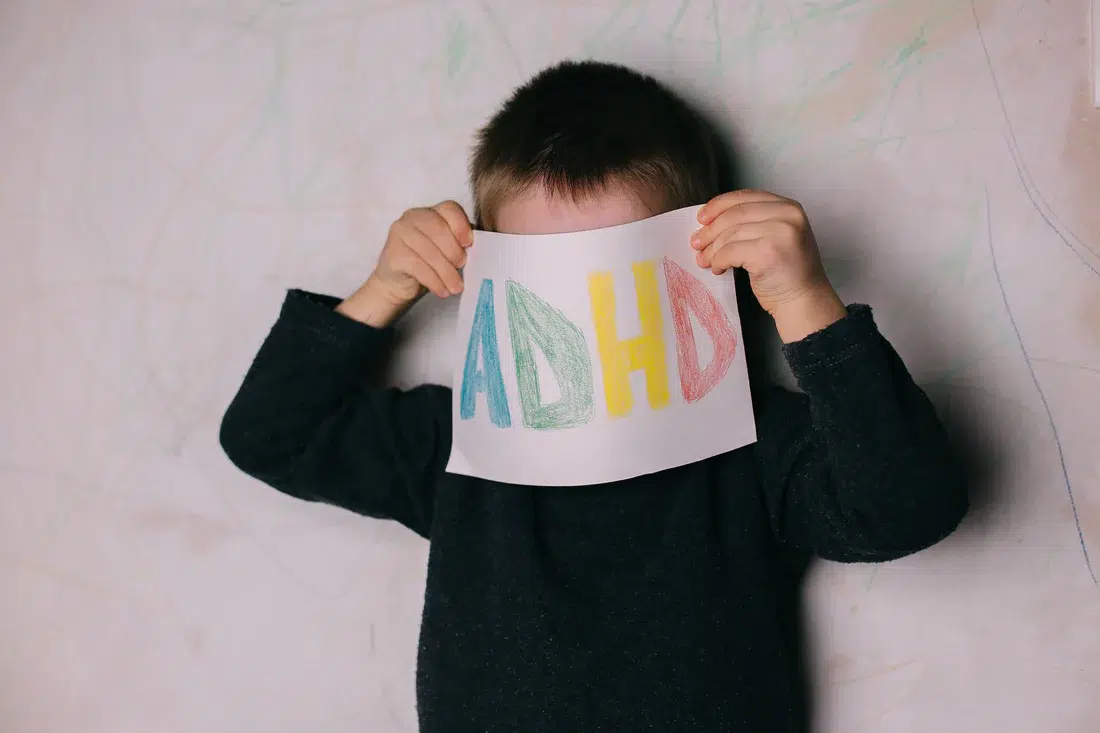


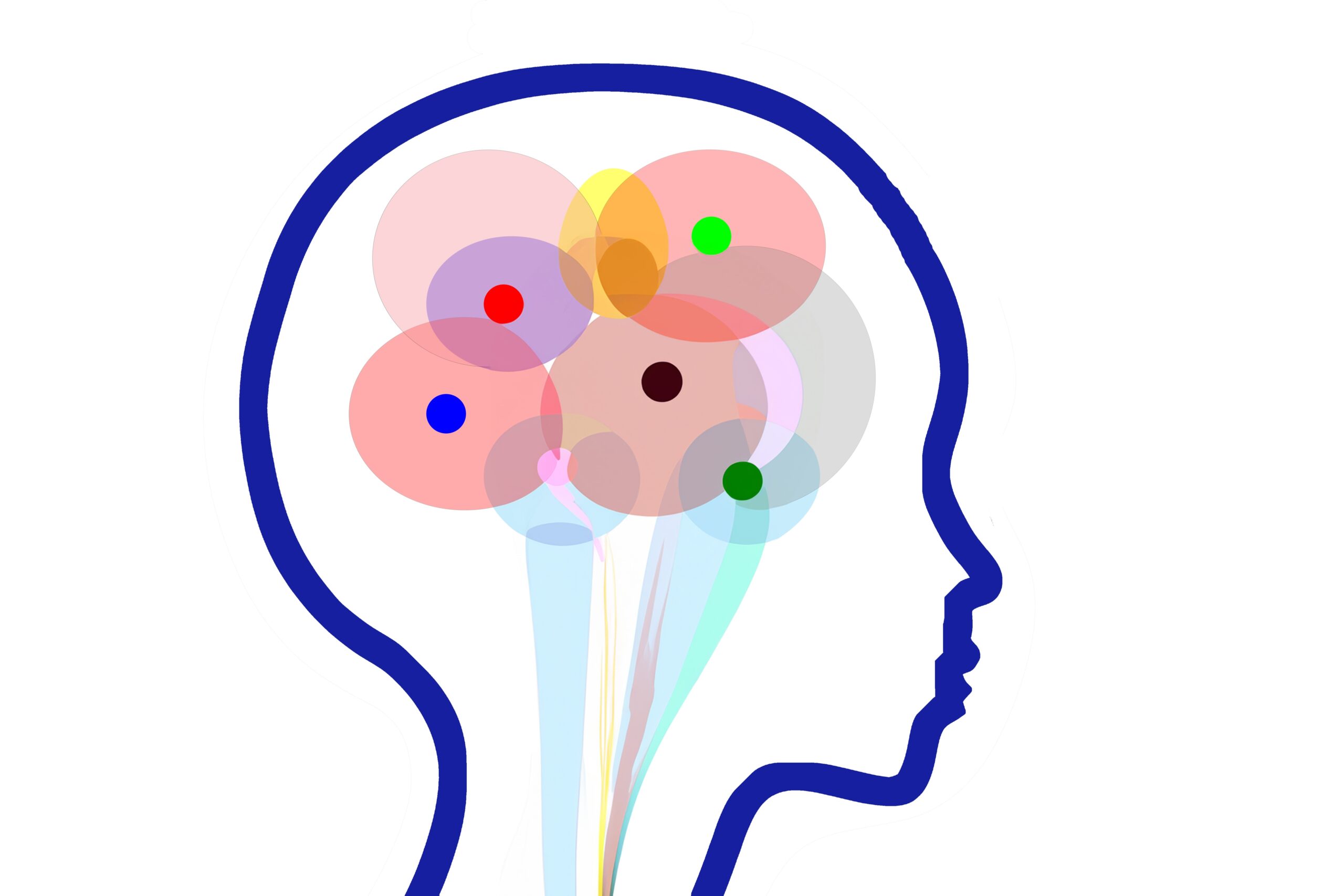
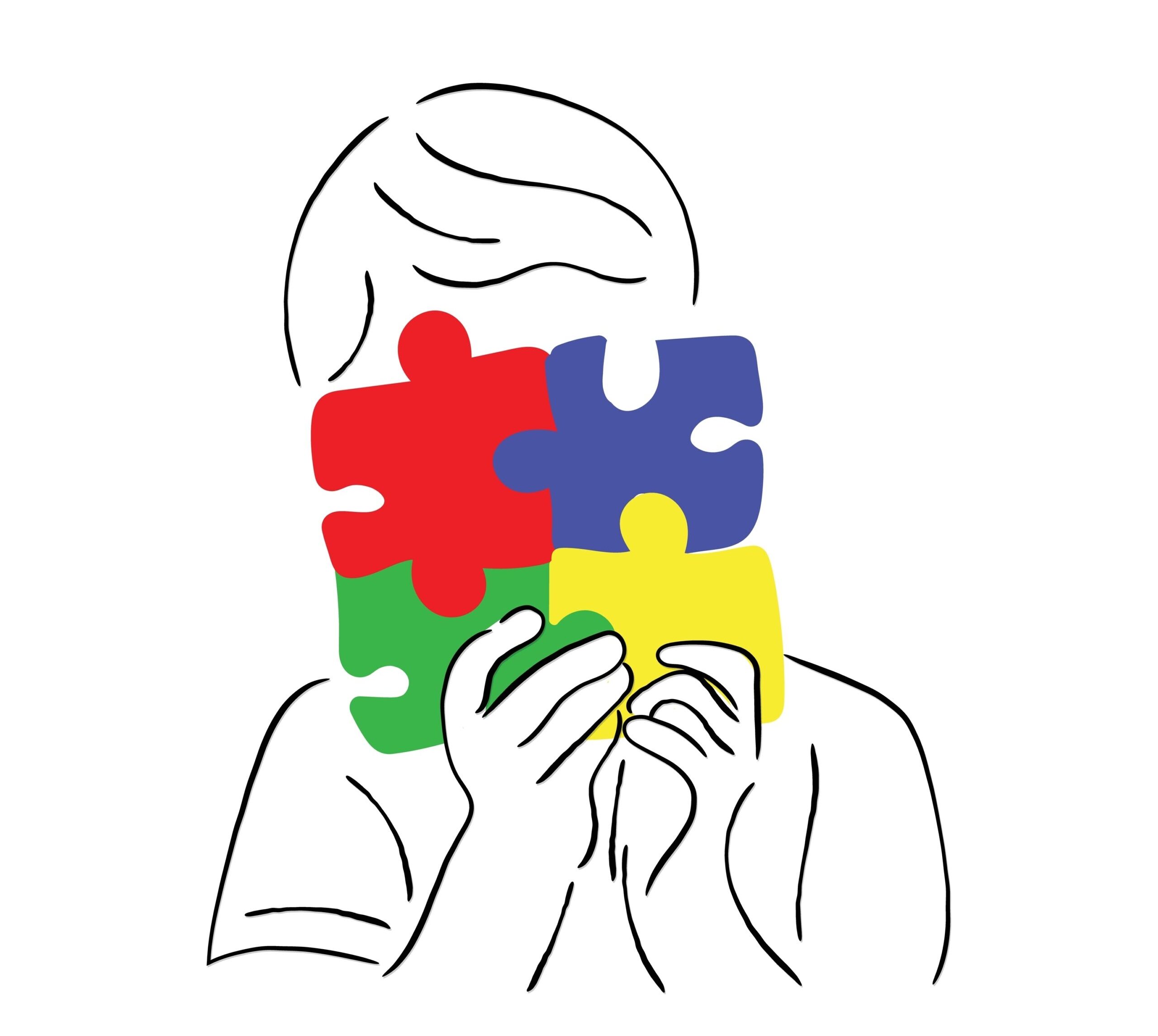
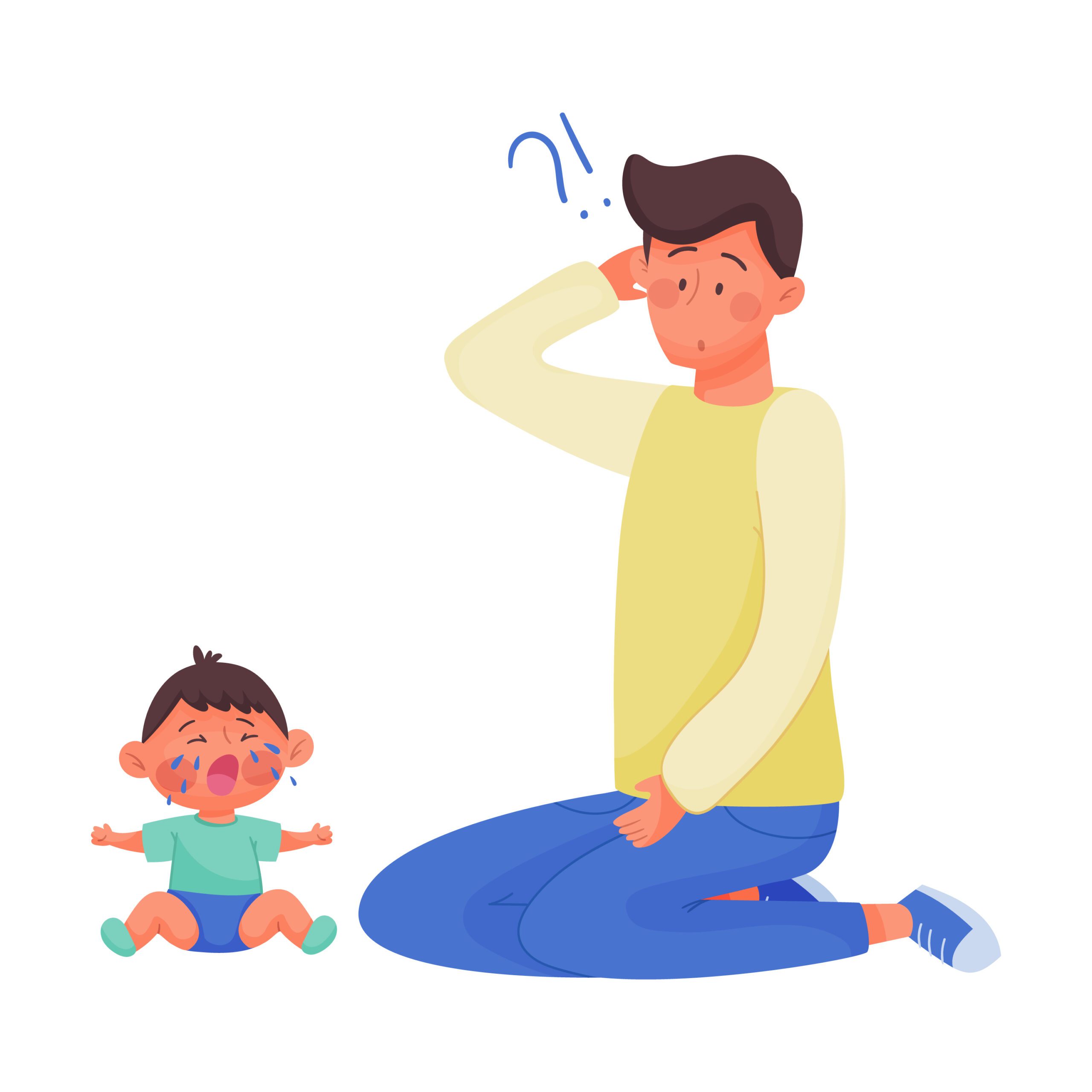

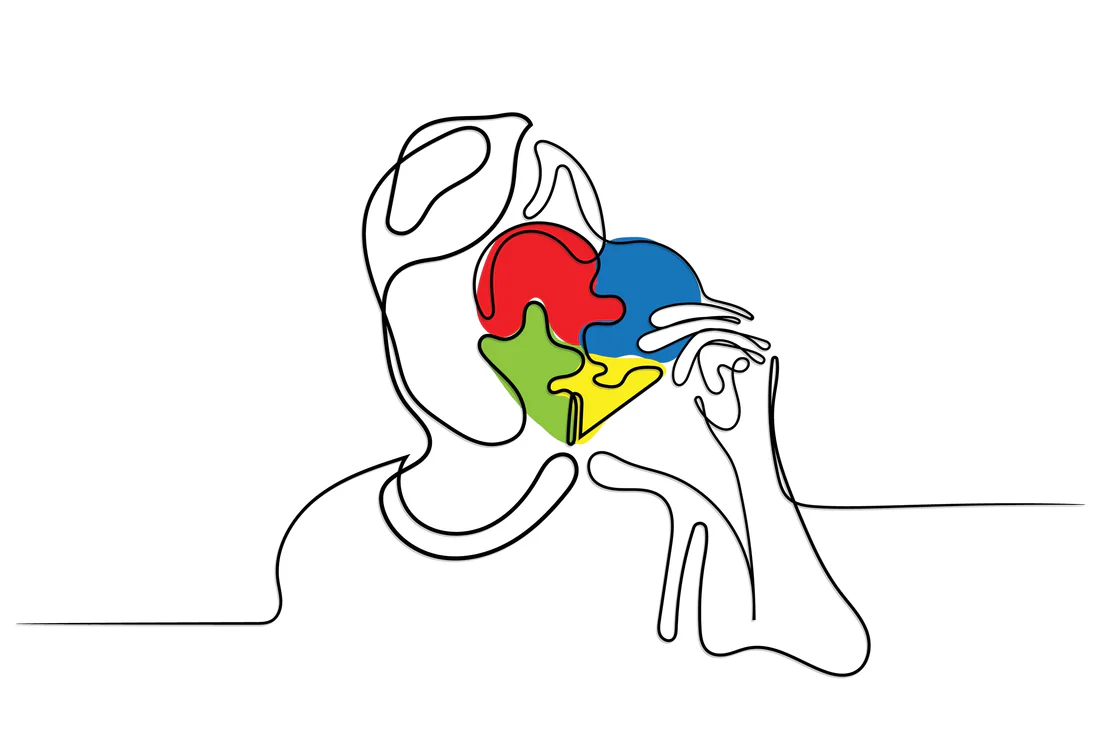










 Speech Therapy
Speech Therapy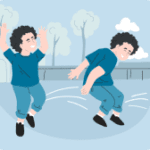 Physical Therapy
Physical Therapy Occupational Therapy
Occupational Therapy




